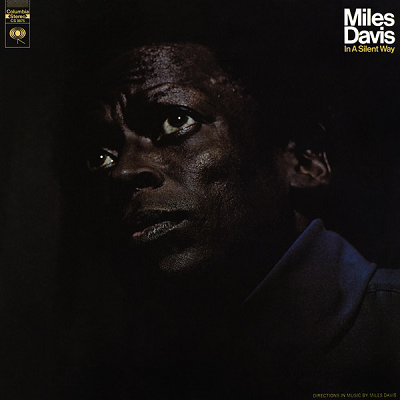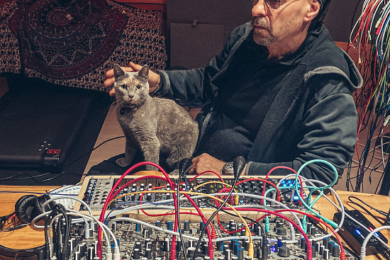9. Miles DavisIn A Silent Way

In A Silent Way I suppose seemed like a minimal jazz record when it was made and now when I listened to it the other day in preparation for our chat, I was amazed at some of the detail and complexity of the record. The fact that it’s made from improvisations, and Teo [Macero]’s done this incredible editing, which is legendary. The stereo of it had a great impact on me, the radical panning, which I’d heard in Beatles records but hadn’t really heard in this kind of context. It’s awesomely defined wide stereo with the drums off in one speaker and the piano in another speaker.
The ensemble itself led off to so many groups. Chick Corea led off to Weather Report, and Wayne Shorter. It just goes on and on. Kind Of Blue is more chilled as a record, but I didn’t know Kind of Blue, I discovered that later. In A Silent Way is moving towards jazz-rock, which I had a long love affair with for ten years or something. They’re not frightened of the deep riff as well. They will settle down and play this riff, which a lot of the contemporary jazz that I was familiar with at the time avoided at all costs.


